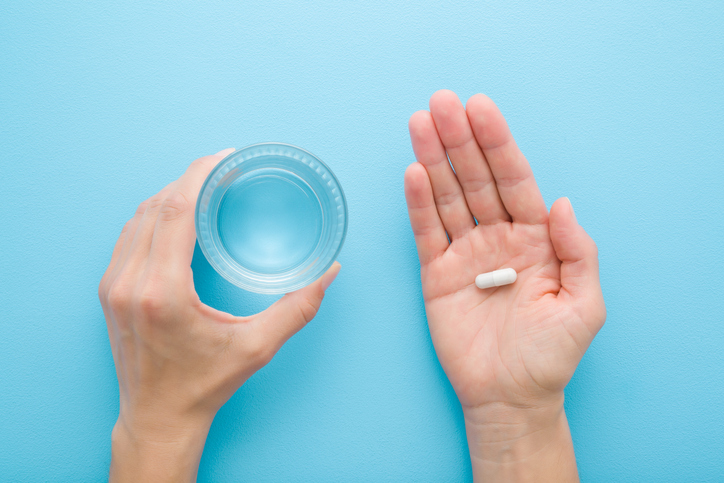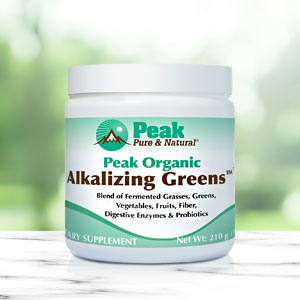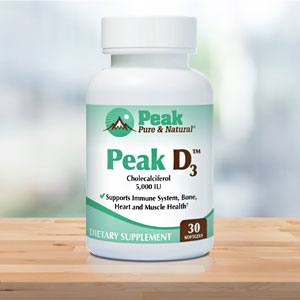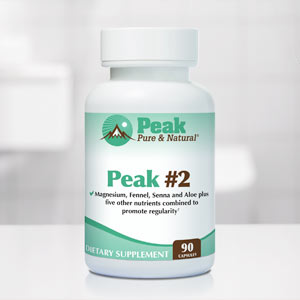Metabolic-associated steatotic fatty liver disease (MASLD), previously called non-alcoholic fatty liver disease, affects up to 30% of adults, or more than 100 million people, in the U.S.
It occurs when more than 5% of the liver’s total weight is made up of fat. Obesity is a chief risk factor for MASLD (though thin people are at risk too), as well as a diet high in fat.
MASLD often has no symptoms, which is not good…
That’s because when caught early, MASLD can be reversed. But if left untreated, it can progress to nonalcoholic steatohepatitis (NASH), which can lead to cirrhosis, liver failure and liver cancer.
Lifestyle changes, including diet, exercise and weight loss, can reverse MASLD — but new (and simple) help can also come from a common over-the-counter vitamin…
A genetic factor makes MASLD worse
A team of researchers in South Korea identified a genetic factor that exacerbates MASLD: microRNA-93 (miR-93). This specialized RNA molecule is expressed in liver cells and functions to suppress the expression of specific target genes.
The team observed abnormally elevated levels of miR-93 in both patients with fatty liver disease and animal models. Through molecular analysis, they demonstrated that miR-93 promotes lipid accumulation, inflammation and fibrosis by inhibiting the expression of sirtuin 1 (SIRT1), a gene involved in lipid metabolism within liver cells.
The researchers analyzed miRNA expression profiles in liver tissues from patients with MASLD and diet-induced obese mice. Mice in which miR-93 was knocked (or edited) out were fed a high-fat, high-fructose diet to determine the impact of miR-93 deficiency on MASLD.
The researchers found miR-93 was significantly upregulated in the livers of patients with MASLD and diet-induced obese mice. The miR-93 knockout mice demonstrated reduced liver fat accumulation, as well as improved insulin sensitivity and liver function indicators. By contrast, mice with overexpressed miR-93 showed worsened liver metabolism function.
A potential treatment in a vitamin
The researchers then moved on to looking for a way to target miR-93. Remarkably, after screening 150 FDA-approved drugs, they discovered that the substance that most effectively targets miR-93 is the inexpensive and readily available nutrient niacin (vitamin B3).
Mice treated with niacin showed a significant decrease in miR-93 levels in the liver and a notable increase in SIRT1 activity. The activated SIRT1 restored disrupted lipid metabolism pathways, which normalized liver lipid balance.
The researchers note the study “demonstrates the potential for repurposing an already approved vitamin compound to modulate this pathway, which has high translational clinical relevance.
“Given that niacin is a well-established and safe medication used to treat hyperlipidemia, it holds promise as a candidate for combination therapies targeting miRNA pathways in MASLD,” they add.
More research is needed but in the meantime, it certainly can’t hurt to make sure your niacin levels are optimal. The recommended daily amount of niacin for adults is 16 mg for men and 14 mg for women.
Niacin is present in cereals, meat, milk and yeast. Given that a single three-ounce chicken breast contains 10.3 mg and one cup of cooked brown rice contains 5.2 mg, you’re probably getting enough niacin from your diet.
However, if you’re a vegetarian, you may have to take a niacin supplement to ensure you’re meeting the daily recommendation. Just make sure not to take too much or you could put yourself at risk of a rare, toxic reaction that could cause blindness.
Other supplements that support good liver health include:
- Alpha Lipoic Acid (ALA): A potent antioxidant that helps keep fats from accumulating in your liver
- Milk Thistle: An ancient liver booster found to help support the elimination of heavy metal build-up, medication residue, environmental pollutants and alcohol that can accumulate in and damage your liver.
- N-Acetyl Cysteine (NAC): A little-known amino acid that helps support the gentle detoxification of your liver from alcohol and air pollution
- Turmeric: A powerful anti-inflammatory that also helps protect your liver from oxidative stress and promotes healthy liver function
Sources:
Fatty liver breakthrough: A safe, cheap vitamin shows promise — ScienceDaily
Hepatic miR-93 promotes the pathogenesis of metabolic dysfunction-associated steatotic liver disease by suppressing SIRT1 — Metabolism
Niacin — National Institutes of Health
Read full article here





